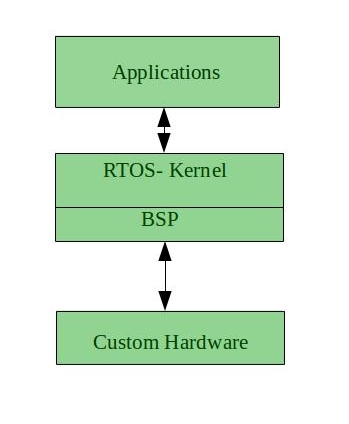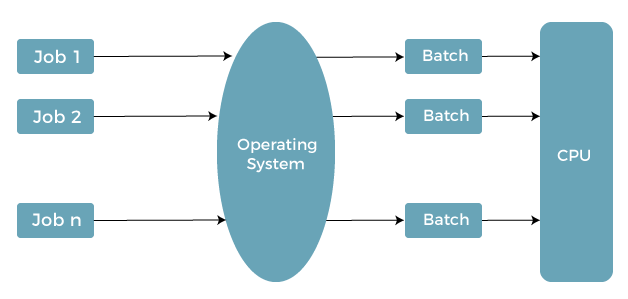

- #Definition of batch processing operating system Pc#
- #Definition of batch processing operating system Offline#
#Definition of batch processing operating system Pc#
"There is no direct counterpart to z/OS batch processing in PC or UNIX systems. A running script, particularly one executed from an interactive login session, is often known as a job, but that term is used very ambiguously. That includes UNIX-based computers, Microsoft Windows, macOS (whose foundation is the BSD Unix kernel), and even smartphones. A high-level program (executing multiple programs, with some additional "glue" logic) is today most often called a script, and written in scripting languages, particularly shell scripts for system tasks in IBM PC DOS and MS-DOS this is instead known as a batch file. Non-interactive computation remains pervasive in computing, both for general data processing and for system "housekeeping" tasks (using system software). Particularly found at the University of Michigan, around the Michigan Terminal System (MTS).Īlthough timesharing did exist, its use was not robust enough for corporate data processing none of this was related to the earlier unit record equipment, which was human-operated. Non-interactive computation, both one-off jobs such as compilation, and processing of multiple items in batches, became retrospectively referred to as batch processing, and the term batch job (in early use often "batch of jobs") became common. Sometimes asymmetric multiprocessing is used to spool batch input and output for one or more large computers using an attached smaller and less-expensive system, as in the IBM System/360 Attached Support Processor.ĬDC NOS batch file to get the file STARTRK and output it to the card punchįrom the late 1960s onwards, interactive computing such as via text-based computer terminal interfaces (as in Unix shells or read-eval-print loops), and later graphical user interfaces became common. Remote batch is a procedure for submitting batch jobs from remote terminals, often equipped with a punch card reader and a line printer. Job schedulers select jobs to run according to a variety of criteria, including priority, memory size, etc. Probably the most well-known is IBM's Job Control Language (JCL). In order to prevent deadlocks the job scheduler needs to know each job's resource requirements-memory, magnetic tapes, mountable disks, etc., so various scripting languages were developed to supply this information in a structured way.
#Definition of batch processing operating system Offline#
Instead of offline input and output, programs called spoolers read jobs from cards, disk, or remote terminals and place them in a job queue to be run. One or more programs might be awaiting input, one actively running on the CPU, and others generating output. Instead of running one batch job at a time, these systems can have multiple batch programs running at the same time in order to keep the system as busy as possible. Third-generation computers capable of multiprogramming began to appear in the 1960s. Examples of monitors were IBM's Fortran Monitor System, SOS (Share Operating System),Īnd finally IBSYS for IBM's 709x systems in 1960.

Often the output of the batch would be written to magnetic tape and printed or punched offline. At the end of the job it would regain control and load and run the next until the batch was complete. The monitor would be loaded into the computer and run the first job of the batch.

Programs called monitors, the forerunners of operating systems, were developed which could process a series, or "batch", of programs, often from magnetic tape prepared offline.

They would arrive at the computer with program and data, often on punched paper cards and magnetic or paper tape, and would load their program, run and debug it, and carry off their output when done.Īs computers became faster the setup and takedown time became a larger percentage of available computer time. Each user had sole control of the machine for a scheduled period of time. The term "batch processing" originates in the traditional classification of methods of production as job production (one-off production), batch production (production of a "batch" of multiple items at once, one stage at a time), and flow production (mass production, all stages in process at once).Įarly computers were capable of running only one program at a time. 6 Notable batch scheduling and execution environments.


 0 kommentar(er)
0 kommentar(er)
